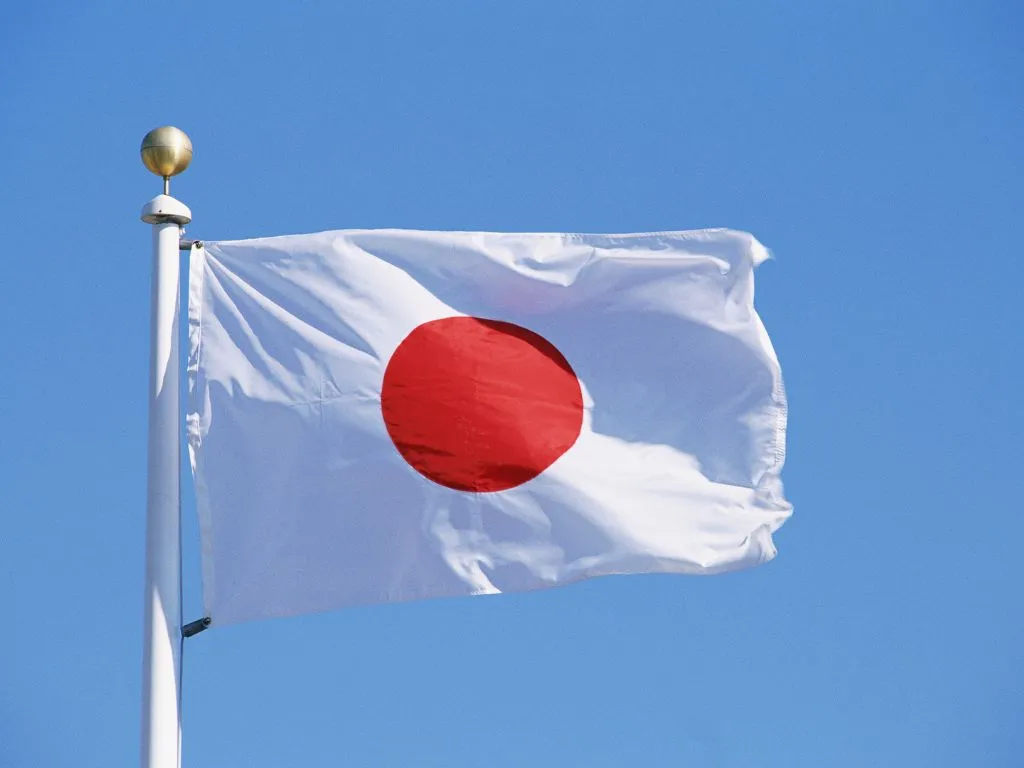- Home
- GPC Japan
Japan - Home
Login
Forget Password
News

Japan publishes 2026 application process for Specific New Chemical Substances
Dec-15-2025
On 5 December 2025, the application process for FY 2026 of specific new chemical substances in Japan was released by the Ministry of Economy, Trade and Industry (METI), the Ministry of Health, Labour, and Welfare (MHLW), and the Ministry of Environment (MOE). METI has published details of the application process on its website. Specific new chemical substances are regulated under Japan’s Chemical Substances Control Law (CSCL).
New Chemical Substances Covered by the 2026 Process
This application process covers the following categories of new chemical substances:
Low-volume new chemical substances: Chemicals manufactured or imported in quantities of up to 10 t/y fall under this category. The FY 2026 application process for these substances has been published.
Small quantities of new chemical substances: Chemicals manufactured or imported in quantities of up to 1 t/y fall into this category. The FY 2026 application process for these substances has been published.
Key Submission Details for New Chemical Substances in Japan
| Aspect | Low-volume new chemical substances | Small quantities of new chemical substances |
| Submission Methods | 1. Electronic (e-Gov) 2. Optical Disk (by mail to METI) 3. Written (by mail to METI) | 1. Electronic (e-Gov) 2. Optical Disk (by mail to METI) 3. Written (by mail to MOE) |
| Scheduled Submission Rounds | Round 1: Feb 17-25, 2026 (Electronic), Feb 17-20, 2026 (Optical/Written) Round 2: April 16-22, 2026 Round 3: May 14-20, 2026 | Round 1: Jan 15-28, 2026 (Electronic), Jan 15-22, 2026 (Optical/Written) Round 2: April 1-14, 2026 (Electronic), April 1-10, 2026 (Optical) Round 3: June 1-30, 2026 (Optical Disk Only) |
| Details on Future Rounds | Dates for rounds after June 2026 to be decided and notified in June 2026 | Dates for rounds after June 2026 to be confirmed based on system updates |
Publication of the Notification Schedule in October of 2026
On 17 October 2025, Japan’s METI, MHLW and MOE jointly published the 2026 notification schedule for particular new chemical substances.
Annual Revisions to the New Chemical Application Procedure
Every November-December, the ministries revise the application procedure for specific new substances. On 11 November 2024, Japan’s MHLW, METI, and MoE jointly published the new chemical application procedure for 2025.

Japan consults for 36 chemicals requiring mandatory labelling and SDS under ISHL
Nov-28-2025
Japan’s Ministry of Health, Labour and Welfare (MHLW) has announced that it will hold a public consultation in December 2025, in order to update the list of chemicals and mixtures that require safety data sheets (SDS) and labelling. The consultation notice was released on the MHLW portal. Labelling based on the Globally Harmonized System (GHS) is required under the Industrial Safety and Health Law (ISHL).
The public consultation is scheduled for 9 December 2025 and can be attended online via Webex or Teams. Opinions can be submitted until 5 December 2025. Non-Japanese importers and manufacturers operating in Japan are invited to take part by offering feedback on the draft proposal. In order to take part in the consultation, stakeholders must register.
Previous consultation in September 2024
Earlier on September 2024, the MHLW opened consultation to add 155 chemicals to the list. At the same time, 2 chemicals would be eliminated from the list. More details can be found here.
Classification List Update
The MHLW is considering adding 36 chemicals to the list of substances that are currently classified until 31 March 2025. Previously, the list was expanded to include compounds categorized until 31 March 2024.
Enforcement Dates
The 36 chemicals are scheduled to be added to the list by April 2028. The list of chemicals can be found here.
Login
Forget Password
Global Product Compliance (GPC) specializes in Global Regulatory Compliance Solutions across sectors
globally. SSS Europe, a familiar name in chemical regulatory and compliance services now formally belongs
under the umbrella of GPC Holding Sweden.
Since 2008, we have emerged as one of the leading names among Global Regulatory Compliance Service
Providers with Representation services in Europe, Asia and Middle East for respective chemical
regulations.

 Twitter
Twitter
